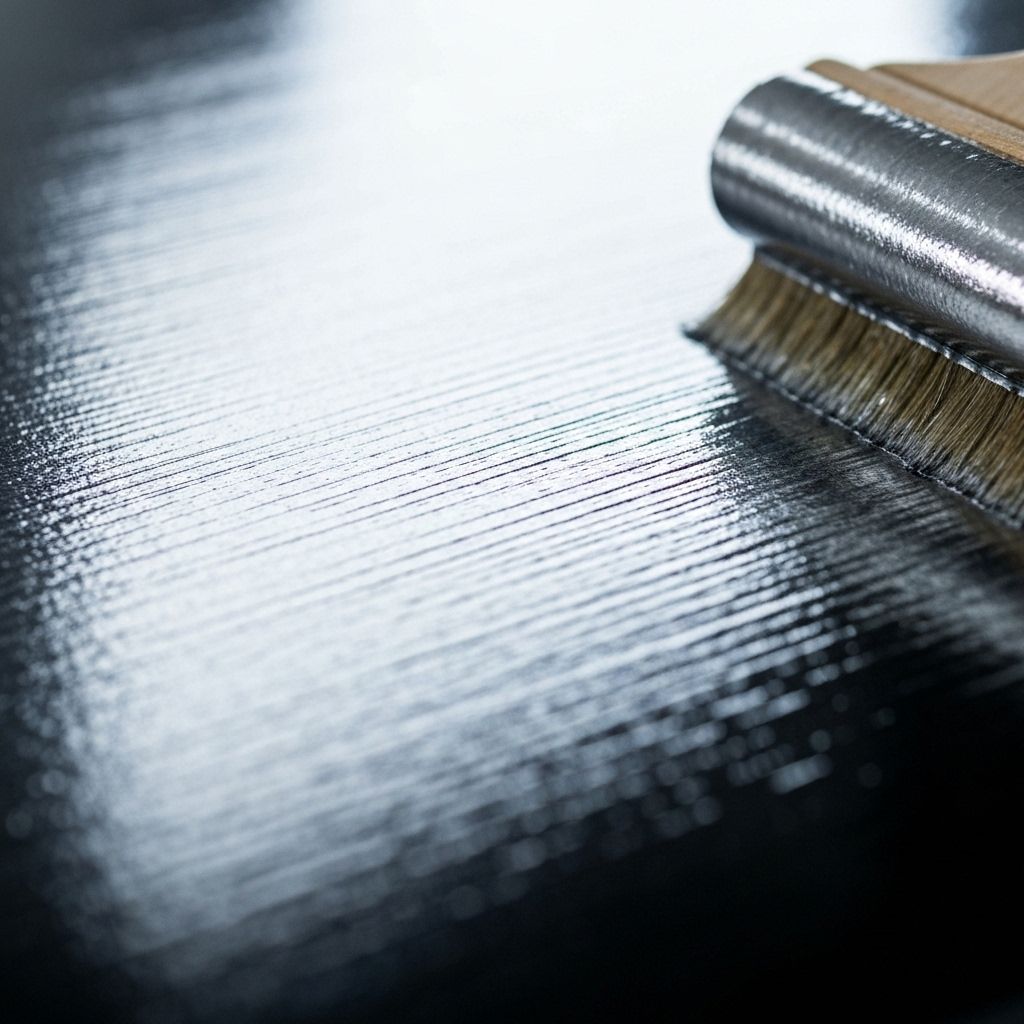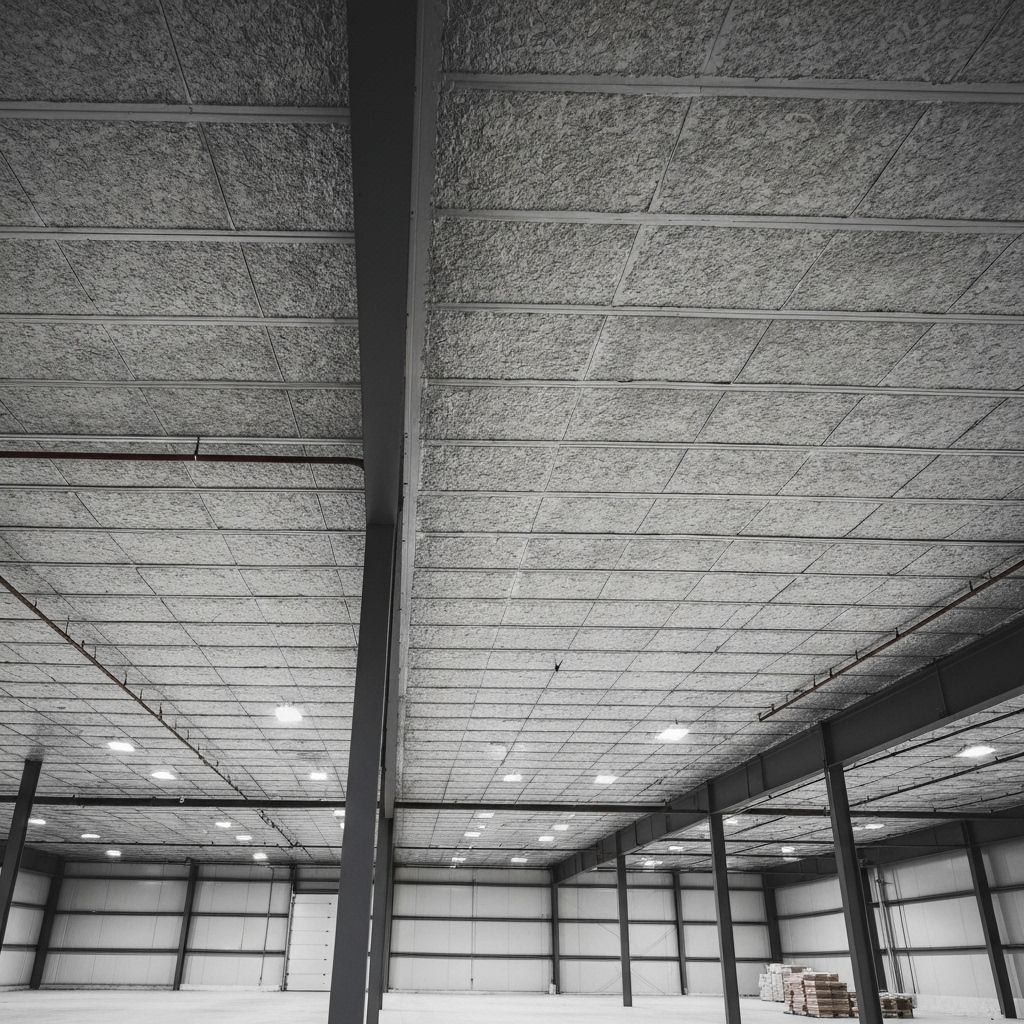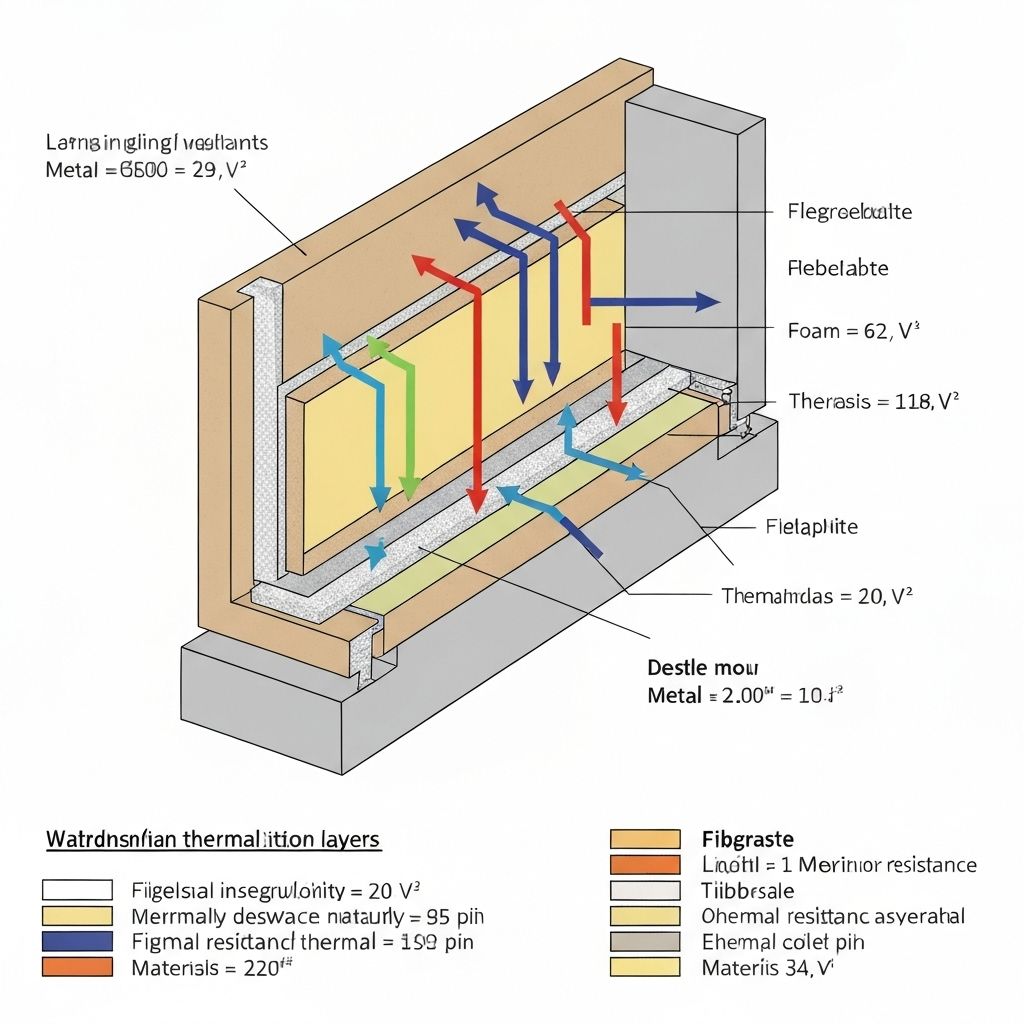
Functionality of Reflective Insulation Coatings
How our advanced reflective insulation systems work

Reflective Insulation Coatings
Reflective insulation coatings Triflcoating ALPHA and ABAXAL are a modern form of insulation that, thanks to their physical properties, can effectively reflect almost all solar radiation. Coating materials are used not only in construction, as coatings or treatments on metal materials, but also in energy, facilitation and controlled influences of industry, spraying for thermal insulation of pipeline infrastructure.
Key Features
Energy Savings
By their scheme, these coating materials resemble closely ordinary paints. What sets them apart from others are microparticles of several tens of nanometers in size and a special water dispersion containing small particles. Microparticles are tiny hollow spheres that contain a vacuum and can reflect more than 200 colors.


Thermal Insulation
Thanks to these incredibly small particles, during exterior and interior application, common physical phenomena occur in all directions in nature. During interior application, heat is reflected back into the atmosphere. During interior application, heat is reflected back into the interior, which is subsequently lost to the interior.
Long Lifespan
Microparticles in the coating material are layered on top of each other, resulting in mutual rotational microinsulation and creating reflective material. The more mutual microparticles there are, the more reflective the coating will be and the greater the resistance. This creates an insulating layer that can withstand temperatures over 200°C and uniform distribution of thermal radiation.


Ecological Solution
Products made in the Czech Republic with certification for safe use in interiors and exteriors. Environmentally friendly and energy efficient.
Certification and Safety
Made in Czech Republic
Saves shared energy
Safe and environmentally friendly
Building Overheating Issues
Diagram showing the principle of reflective insulation coatings in protecting against building overheating from solar radiation.

Application Process
Surface Preparation
Thorough cleaning and surface preparation for optimal coating adhesion
Base Layer Application
Application of the base layer of reflective coating according to specifications
Final Layer Application
Completion of application with quality control and coverage uniformity
Inspection and Testing
Final quality control and measurement of thermal insulation properties